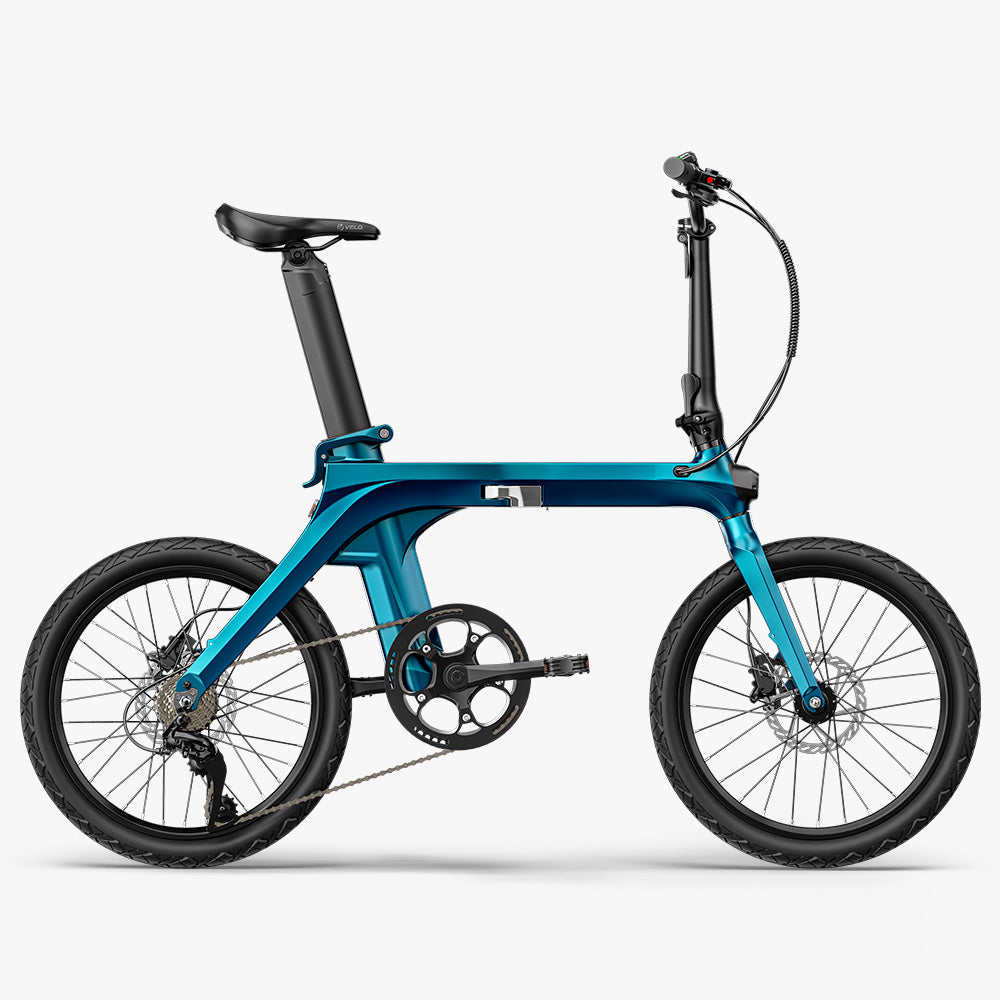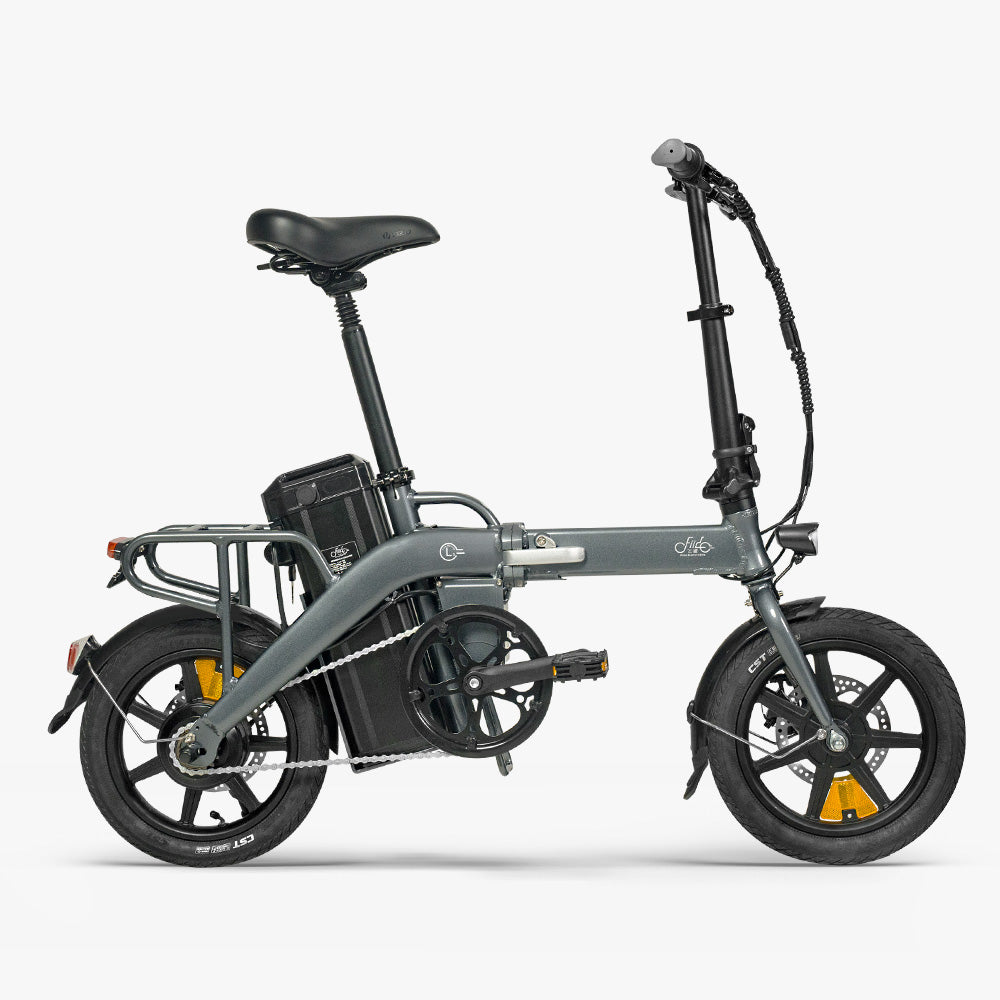Do you need to transport your e-bike for an adventure, a move, your daily commute, or repairs? Transporting an e-bike might seem straightforward, but it comes with unique challenges related to its weight and dimensions.
- Roof transport: A small mistake, and your valuable bike could end up scratched.
- Rear rack: The added weight might strain your vehicle significantly.
- Forgotten battery: A bump during transport could damage it and render it unusable.
This article will provide practical solutions to avoid these common mistakes, ensuring your e-bike remains intact and your journey goes smoothly!

Common Challenges When Transporting an E-Bike
When considering transporting an e-bike, you may face the following challenges:
- Heavy weight: E-bikes typically weigh between 20 and 30 kg, with some models being even heavier, making them difficult to transport.
- Thicker frames: To house the battery and motor, e-bike frames are more robust and might not be compatible with traditional straps or support points.
- Unique tire sizes: Some e-bikes come with wider tires that may not fit the standard rails on bike racks.
- Width issues: When transporting two e-bikes side by side, their combined width can make securing or stabilizing them a challenge.
These factors make traditional bike transport solutions unsuitable for e-bikes, highlighting the importance of finding the right method.
Analysis of E-Bike Transport Methods
Roof Transport: Not Recommended
Disadvantages:
- High center of gravity: Placing an e-bike on the roof raises the vehicle’s center of gravity significantly, affecting stability, particularly at high speeds or in turns, and posing safety risks.
- Difficult to load: Lifting a 30 kg e-bike over 1.5 meters high is physically demanding.
- Limited options: Few roof bike racks on the market are compatible with e-bikes, reducing viable choices.
Summary: Although there are no legal restrictions on roof transport, safety issues and practical challenges make this method unsuitable for e-bikes.
Rear Rack Transport: Pros and Cons
Advantages:
- Easy installation: Rear racks are straightforward to install, eliminating the need to lift the bike to a great height.
- Ease of use: Securing an e-bike on the rear of the vehicle requires less physical effort.
Disadvantages:
- Increased rear load: The weight of the e-bike can stress trunk locks, hinges, and hydraulic struts, especially on rough roads, potentially causing damage.
- Higher fuel consumption: At high speeds, increased air resistance can raise fuel consumption by up to 44%.
Best for: Single or short-distance trips but requires careful attention to vehicle load capacity and fuel efficiency.
Hitch-Mounted Bike Racks: The Best Option (Recommended)
Advantages:
- Designed for heavy loads: Hitch racks are specifically built to handle the weight of e-bikes, ensuring stability even on long trips.
- Low center of gravity: These racks keep the e-bike stable, even on uneven roads.
- Easy handling: No need for heavy lifting; just roll the e-bike onto the rack and secure it.
- Compatibility: Many models accommodate wider frames and larger tires specific to e-bikes.
- Transporting multiple bikes: Ideal for group outings or family trips.
Key Considerations
- Check width compatibility: Ensure the total width of the e-bikes fits the hitch rack to avoid issues when transporting multiple bikes.
- Adhere to weight limits: Consult your vehicle manual and hitch weight capacity to ensure the combined weight of the rack and bikes stays within safe limits.
- Remove the battery: Reduce weight and improve security by removing the e-bike battery and storing it in the car.
- Reinforce and secure: Use additional straps to secure the bikes and locks to protect them from theft during stops.
Summary: Hitch-mounted bike racks provide the safest and most practical solution for transporting e-bikes.
Advantages of Fiido Foldable E-Bikes
If you want to avoid the hassle of installing a bike rack, foldable e-bikes offer a compact and convenient alternative:
- Fiido X Folding Electric Bike: Lightweight and stylish, perfect for urban commutes and longer trips. It folds easily to fit in a car trunk.
Fiido X Folding Electric Bike With Torque Sensor
IF Design Award-winning urban electric bike.
- Fiido L3 Foldable E-bike: With an exceptional range, this model is ideal for long rides. When folded, it becomes compact and easy to transport.
Fiido L3 Foldable Electric Bike
Folds in 5 seconds, ready for storage, can be put into the trunk of a car
- Fiido M1 Pro Electric Bike: A robust fat tire bike for off-road adventures. Despite its sturdy design, its foldable feature ensures hassle-free transport.
Fiido M1 Pro Fat Tire Electric Bike
The most cost-effective fat tire ebike for off-road adventures.
Conclusion
Transporting an e-bike becomes easy when you choose the right method. Hitch-mounted racks provide safety and stability, making them ideal for long journeys. For those who find traditional transport methods cumbersome, foldable e-bikes are an excellent alternative. Compact and lightweight, they fit easily in a car trunk, eliminating the need for additional bike racks. Models like the Fiido X, Fiido L3, and Fiido M1 Pro meet the needs of urban commutes, long-distance travel, and off-road adventures, making your trips more practical and worry-free!
















